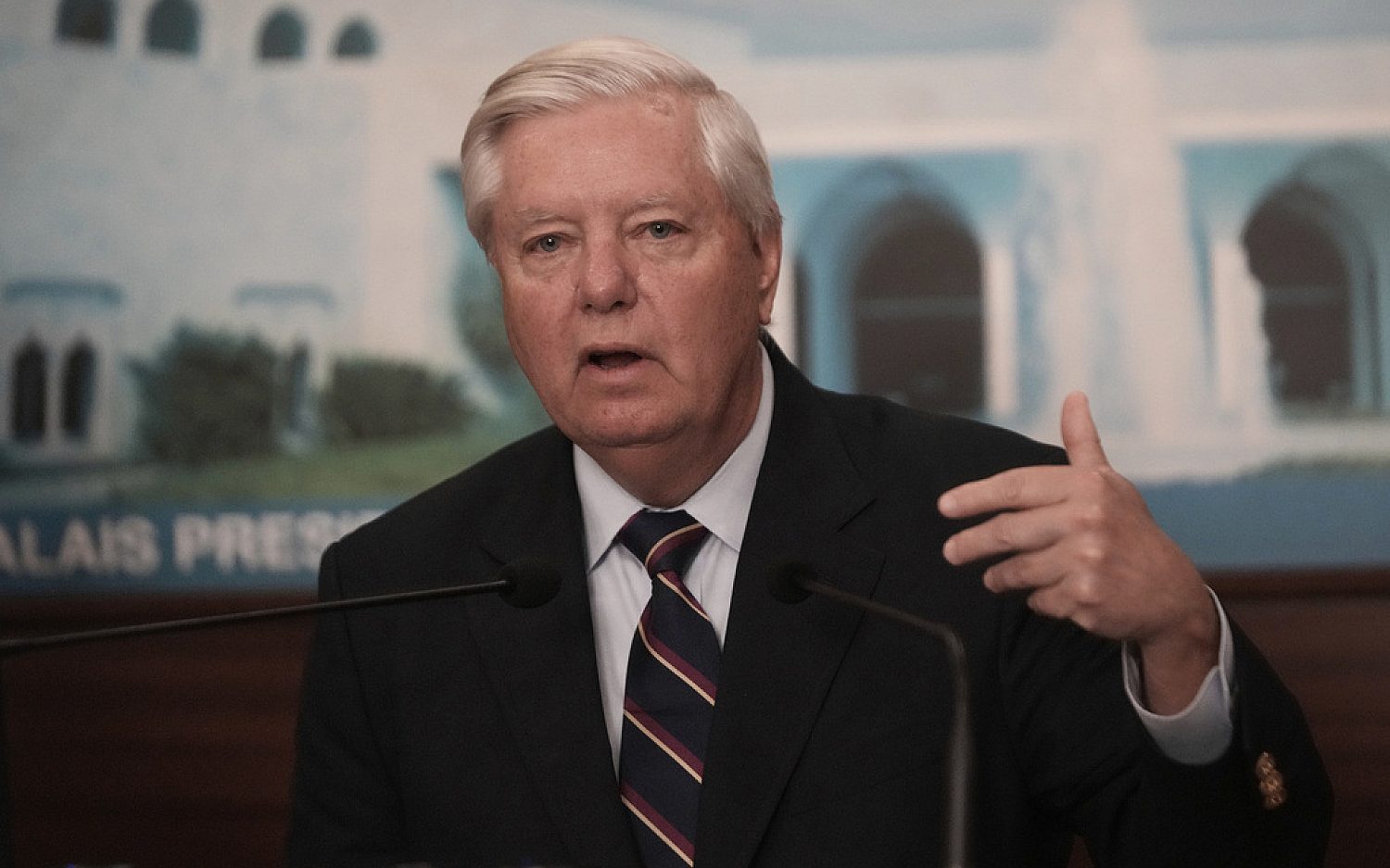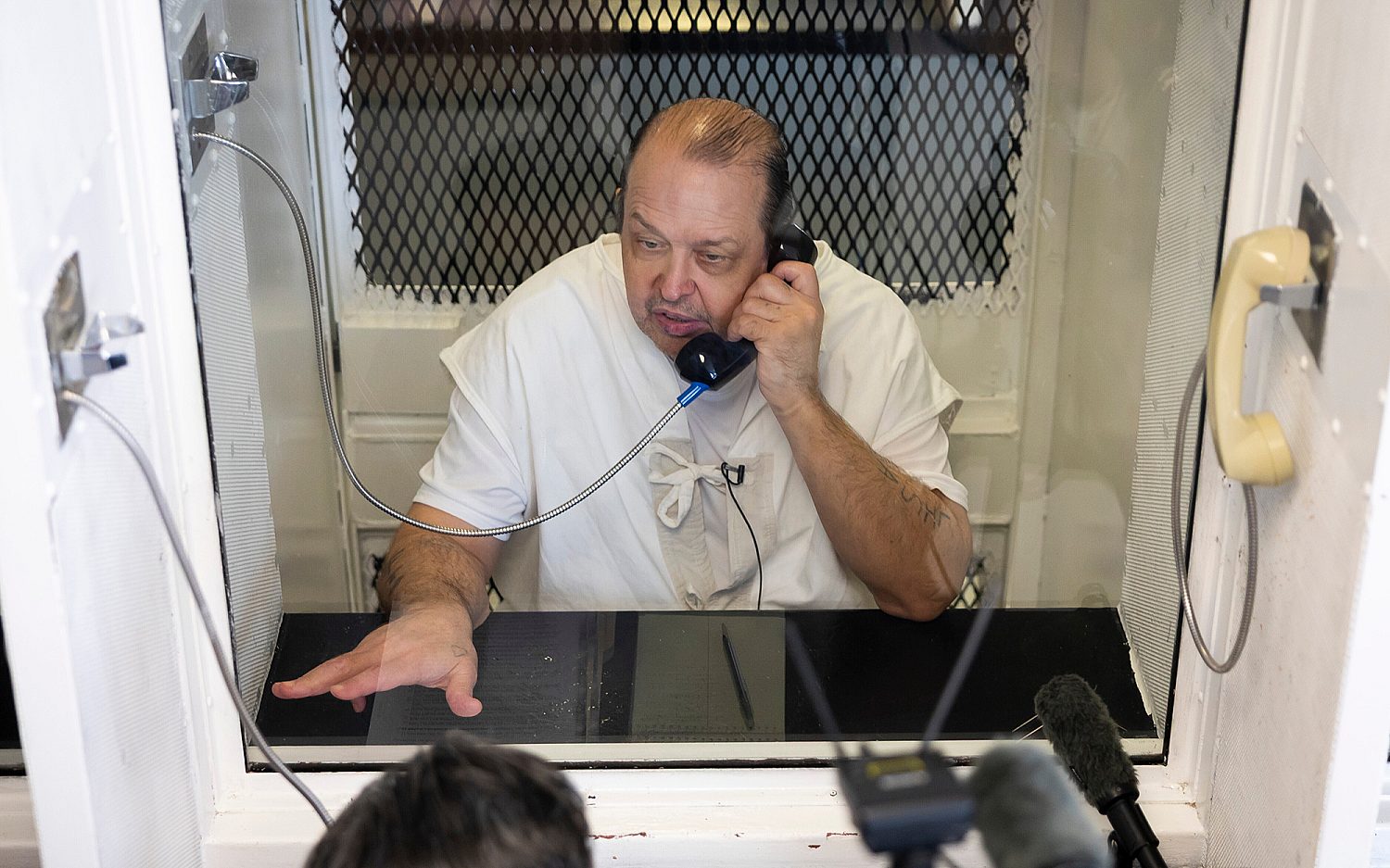U.S. Army on the front lines of Ebola vaccine development
Infectious diseases are among the many enemies the U.S. Army has contended with over the years, and its experience in fighting them is being brought to bear in the struggle against Ebola.
Scientists at the U.S. Army Medical Research Institute of Infectious Diseases (USAMRIID) in Frederick, Md., have helped conduct much of the basic research for the two experimental Ebola vaccines now undergoing safety testing and clinical trials at the National Institutes of Health (NIH).
Originally established in 1969 to develop medical countermeasures against biological weapons on the battlefield, USAMRIID’s work now is being used to ensure global public health security. Much of that work has involved developing and testing vaccines that must eventually go through the Food and Drug Administration’s (FDA) regulatory process.
“Pretty much every vaccine that is currently being assessed for FDA approval has been through USAMRIID at one point or another,” said Dr. John M. Dye Jr., chief of USAMRIID’s Viral Immunology Branch, in an interview with the Army News Service (ANS). The agency is taking the most advanced Ebola vaccines forward as quickly as possible, to try to stem the Ebola outbreak, he said.
The experimental vaccines target two of the Ebola virus’ five species, Zaire Ebola and Sudan Ebola. The Zaire virus sparked the current outbreak. Army scientists had already developed a vaccine to target Zaire, Sudan, and Marburg (another lethal virus in the same family as Ebola), but scientists spun off a separate program for Zaire.
Dye believes the world is lucky the current outbreak involves the Zaire virus and not one of the others.
“We have the most information and the most therapeutic options and the most vaccine work for Zaire,” he told ANS. “It’s the one we’ve been working on the longest.”
The first vaccine, being developed by the National Institute of Allergy and Infectious Diseases (NIAID) and GlaxoSmithKline, uses a cold virus that affects chimpanzees as a carrier for an inert Ebola protein. The second vaccine, developed by the Public Health Agency of Canada, uses a virus called VSV, which mainly infects animals, as the carrier for the Ebola genetic material. The goal of both vaccines is to goad the body into generating an immune response to the actual Ebola virus.
On Oct. 23, the World Health Organization (WHO) convened a meeting to “discuss and agree on how to fast track testing and deployment of vaccines in sufficient numbers to impact the Ebola epidemic,” according to a press release.
As a result of the meeting, pharmaceutical companies developing the vaccines committed to ramp up production capacity for millions of doses to be available in 2015, with several hundred thousand ready before the end of the first half of the year.
An actual newsletter worth subscribing to instead of just a collection of links. —Adam
Sign up to receive The Sift email newsletter each weekday morning for the latest headlines from WORLD’s breaking news team.




Please wait while we load the latest comments...
Comments
Please register, subscribe, or log in to comment on this article.